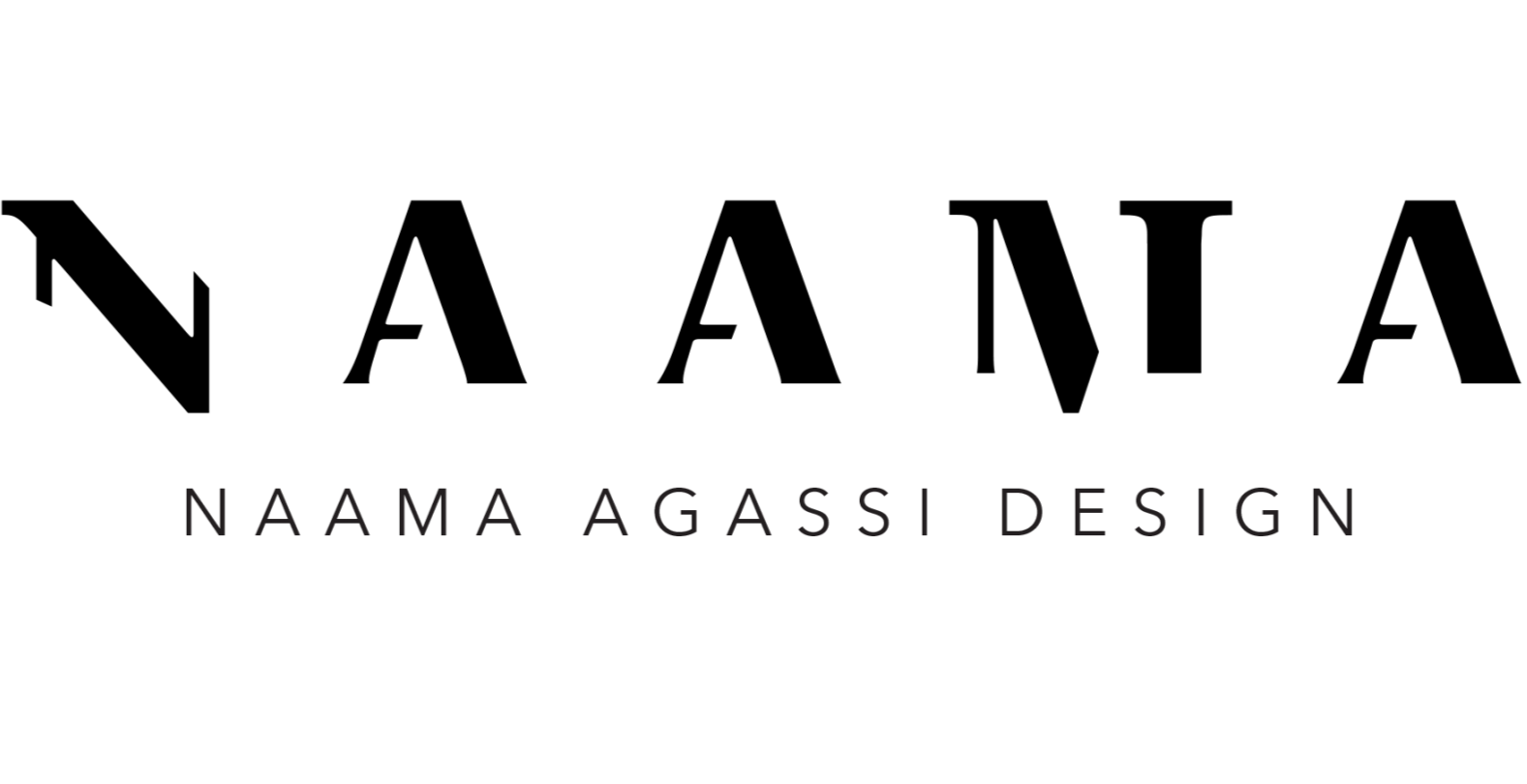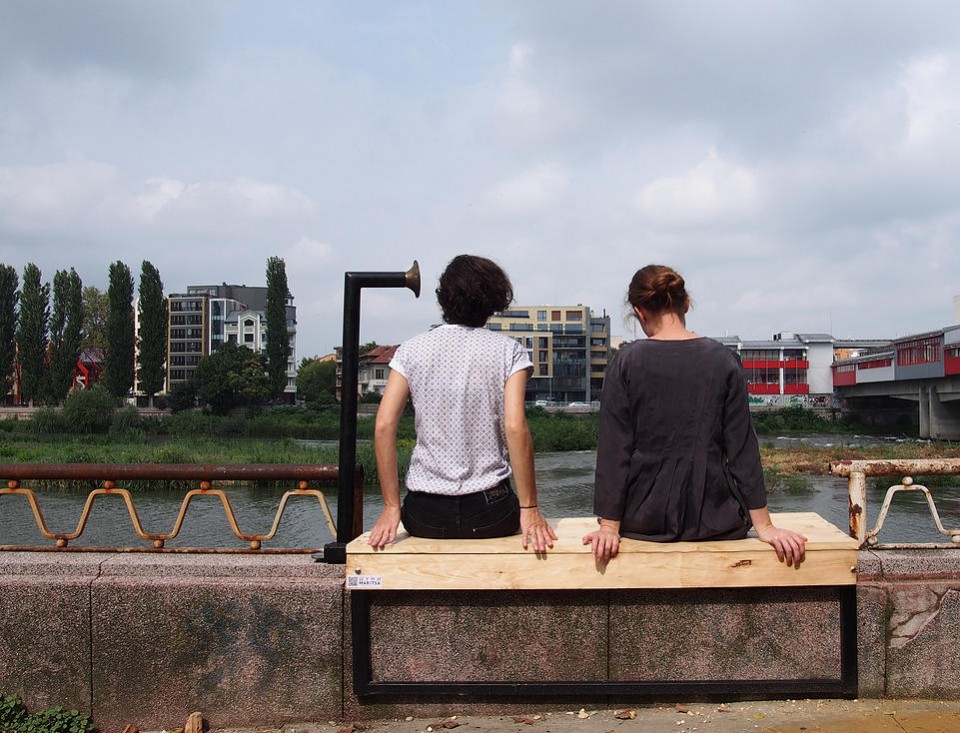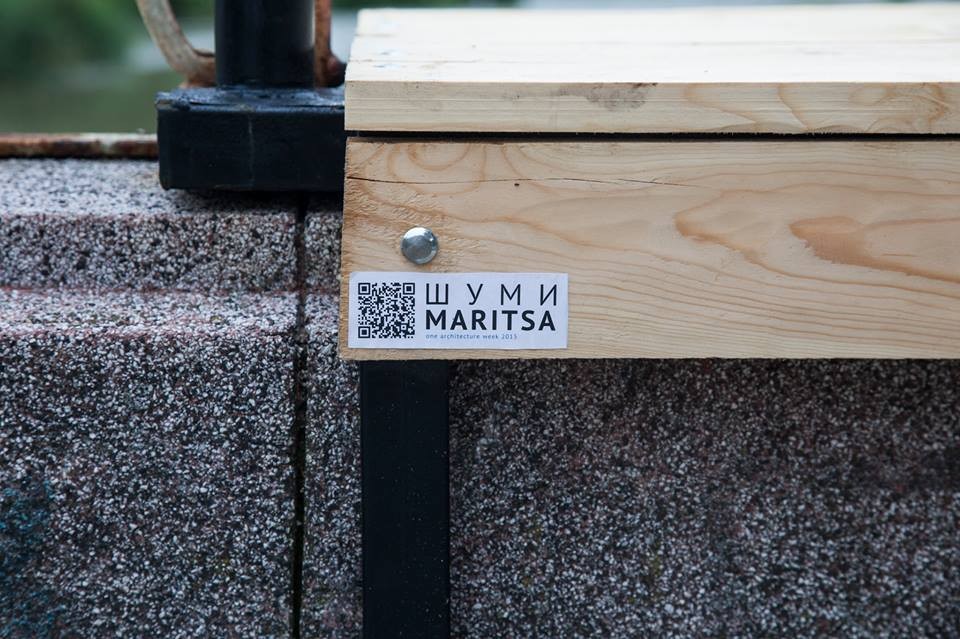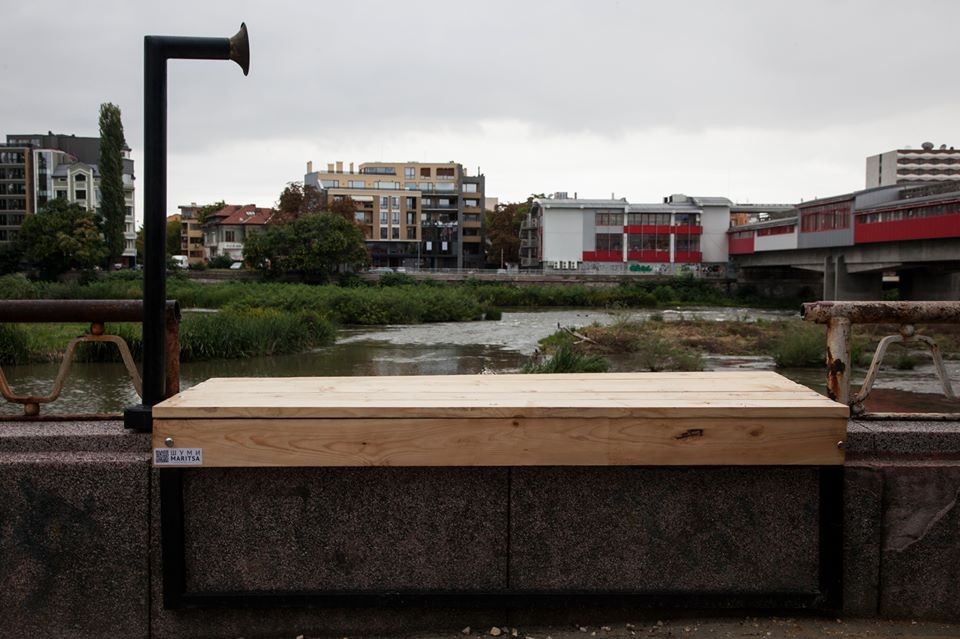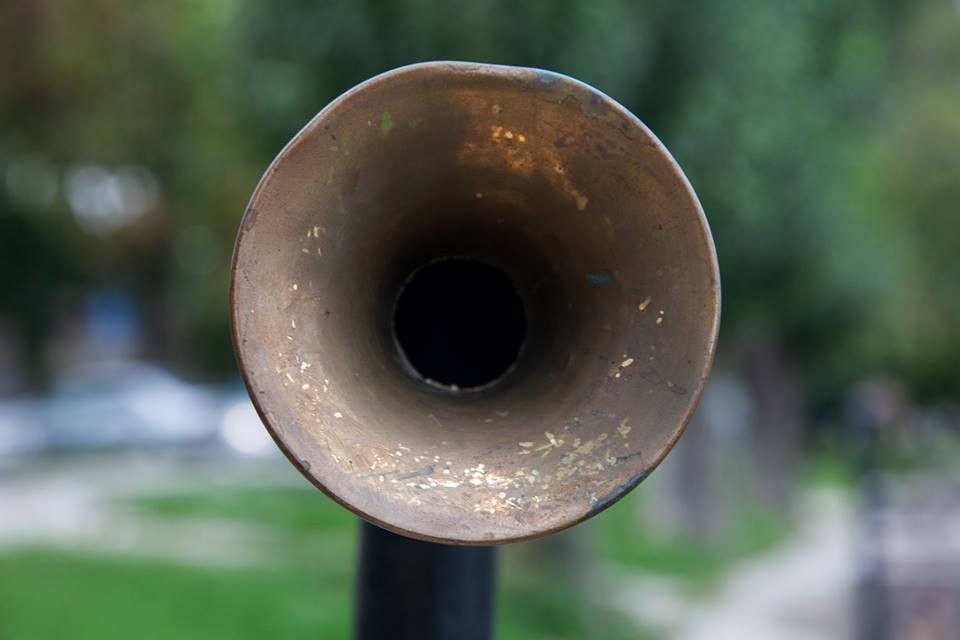One Architecture Week
Open Design School Plovdiv
Shumi Maritsa is a project made in collaboration with Carla Rangel and Raya Stefanova as part of the One Architechture Week in Plovdiv Bulgaria, facilitated by Tamar Shafrir, Space Caviar.
A collection of stories from the residents of Plovdiv telling their personal memories of different activities around the river. Over the years, as the river’s role moved towards industrial purposes and as the people moved away from it, the infrastructure around it decayed. We spotted two gaps along the wall railing overlooking the river that people use as an improvised sit. We took advantage of this and installed two wooden benches that invite passersby to listen to the stories of the Maritsa River.
http://www.spacecaviar.net/workshops/
TAs part of ONE ARCHITECTURE WEEK 2015 in Plovdiv, the Open Design School Maritsa confronts two underlying conditions. The first is the desire to activate the banks of the Maritsa river, which runs through the city but remains undeveloped due to seasonal changes in the water level, concerns about pollution, and minimal cultural memory related to waterside activity (besides the few fisherman who still relax along the shore.) The second is an interest in developing a point of exchange between the historic centre of Plovdiv and the neighbouring community of Stolipinovo, known as one of the largest Roma communities in Europe (although about 70% of its 50,000 inhabitants identify as Turkish). Together, these two potential lines of development suggest a new future for the Maritsa as a public space that can be shared by the entire city of Plovdiv.
In contrast to the traditional parameters for learning, the Open Design School Maritsa plunged its participants into an intense and immersive experience of direct design and intervention, unbounded by any preconceived boundaries, but tinged by many factors of urgency, including a brief time span (10 days), language barriers, communication barriers, new collaborators, and the potential to install semi-permanent installations in a site that was completely unknown to the team before their arrival. The results demonstrate the range of multidisciplinary approaches, enmeshed technologies, and complex narratives that emerge from active production outside institutional walls.
